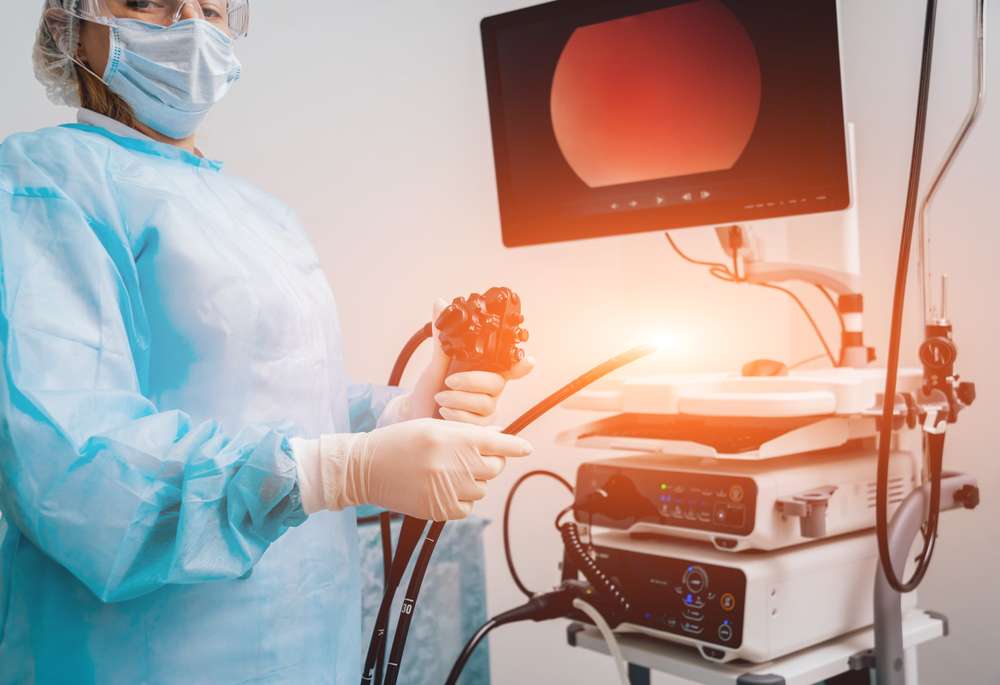
Computer-Aided Detection in Colonoscopy Improves Adenoma and Polyp Detection Rates, Study Finds
In a recent study published in The Lancet Gastroenterology & Hepatology, researchers have found that computer-aided detection (CADe) systems have a positive impact on the adenoma detection rate (ADR), mean number of adenomas per colonoscopy (APC), and polyp detection rate (PDR). These findings suggest that CADe should be considered for routine colonoscopy procedures. The researchers noted that artificial intelligence systems developed for polyp detection have shown promising results, outperforming human vision. However, there is limited prospective data on the efficacy of CADe systems in routine colonoscopy, especially in nonacademic centers. To address this gap, the researchers conducted a single-center, randomized controlled trial involving 2,015 participants. The study compared CADe-assisted colonoscopy to standard colonoscopy. The results revealed an ADR of 37.5% in the CADe group and 33.7% in the standard group. The mean number of adenomas detected per colonoscopy was also higher in the CADe group (0.89) compared to the standard group (0.71). Additionally, the proportion of colonoscopies with at least one polyp was higher in the CADe group (45%) compared to the standard group (41%). Importantly, there were no significant differences between the groups in terms of advanced ADR, proximal serrated PDR, or distribution of polyp size. However, one bleeding event was reported in the CADe group following the resection of a large polyp, which was resolved during follow-up colonoscopy. Overall, the study suggests that CADe has a positive effect on ADR, APC, and PDR in routine colonoscopy, even in nonacademic centers. The researchers emphasized that CADe does not lead to the detection of advanced lesions or lesions that are more difficult to see. They also confirmed the safety of using CADe in routine practice. Based on these findings, the researchers recommend the systematic use of CADe in routine colonoscopy procedures. This technology has the potential to improve adenoma and polyp detection rates, enhancing the effectiveness of colonoscopies in detecting and preventing colorectal cancer.
To know more: About the original article click here.
